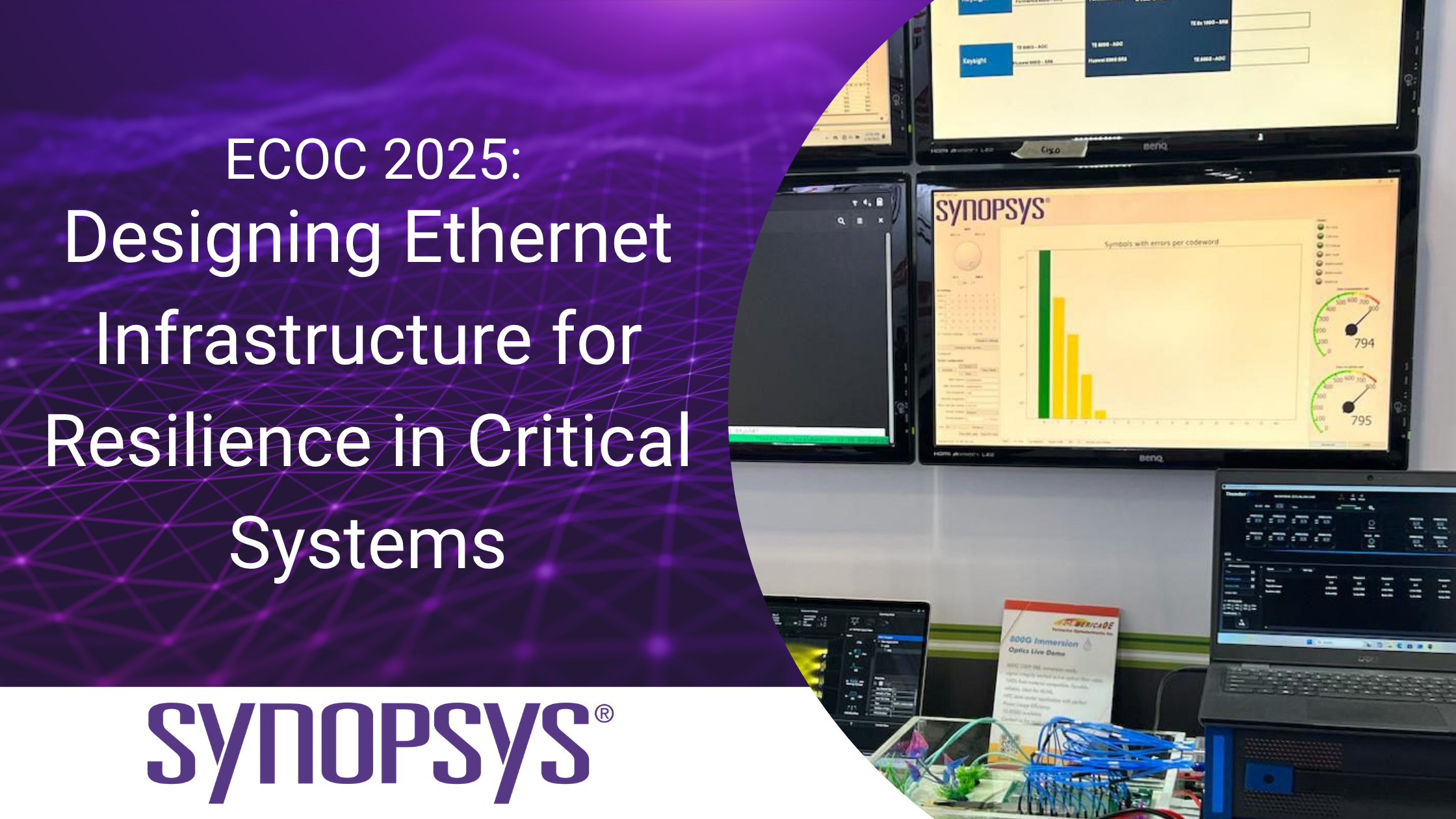SC24 Insights: Making High-Speed Networks Cool Again
SuperComputing 2024 (SC24) highlighted cutting-edge cooling technologies, such as immersion and liquid cooling, tackling the thermal demands of high-speed networks and next-gen data centers. Here, Ethernet Alliance Events & Conferences Chair, David J. Rodgers of EXFO, shares his insights and key takeaways from the event.
As demand for hyperscale computing and the rapid ascension of Artificial Intelligence reshape the tech landscape, Ethernet technology is evolving swiftly. The industry is on the cusp of releasing 1.6Tb solutions, while discussions for 400G per lane to enable 3.2Tb in a single OSFP port are already underway – barely after the ink has dried on the IEEE 802.3dj 800GbE specification.
However, the promise of higher line rates and data speeds comes with challenges, most notably, increased power consumption and the heat generated by interconnects and switches, particularly optical modules. Addressing these cooling demands is emerging as a pivotal factor in the deployment of next-generation systems.
Cooling Heats up at SC24
The challenge of supporting power-hungry devices in data centers is often sidelined in discussions about core technology…but not at SC24. This year, the spotlight shifted to physical systems, with a strong emphasis on liquid cooling solutions that were seemingly everywhere on the expo floor. In addition to immersion cooling, vendors unveiled closed-loop, coolant-based heat sinks designed to replace traditional heat exchangers, providing an effective solution for managing the heat produced by next-gen technologies.
Test & Measurement: Staying Cool Under Pressure
For the test and measurement community, these cooling innovations present new validation and operation challenges. Immersion cooling systems, for instance, require hermetically sealed fiber optic connections to prevent contamination and potential damage from cooling oils. Direct attach copper (DAC) interconnects also face potential compatibility issues when submerged in dielectric fluids.
Test requirements are also expanding, now including chemical assessments to evaluate long-term immersion effects on copper cabling, optical fibers, and the cooling fluids themselves. In some designs, traditional connector/cage interfaces are replaced with board-down soldering of cables and modules to submerged boards, offering a more durable and effective solution.
Today’s Cooling Innovations Shaping Tomorrow’s Data Centers
Walking the SC24 floor provided a firsthand look at how frontier-edge cooling technologies are coming to life in real-world applications. The ecosystem is clearly gearing up to meet the challenges posed by escalating data rates and the associated physical demands of data center integration. SC24 serves as a vivid reminder of where the technological rubber meets the high-performance compute road, highlighting the critical intersection of innovation, scalability, and practicality in the data centers of tomorrow.




